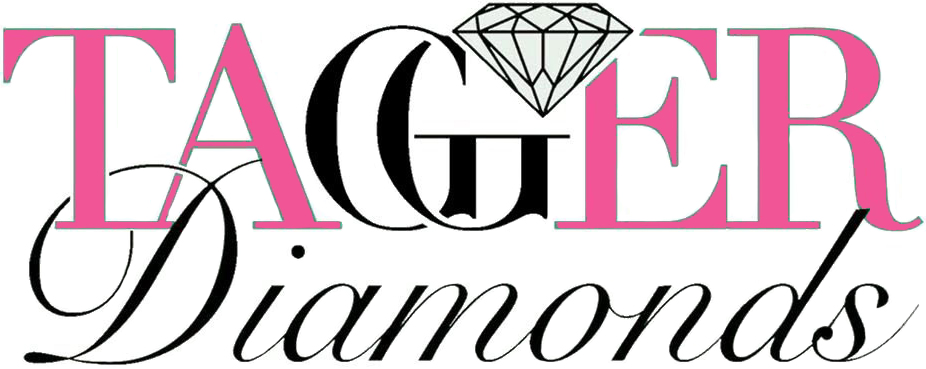Education
Diamond is the hardest known substance on Earth (10 on the Mohs scale) with a cutting resistance approximately 140 times greater than that of sapphire and ruby (9 on the Mohs scale). Diamond has a high refractive index and a considerably high level of dispersion. It is often imitated, but no other substance can rival its superior hardness. Many well-experienced gemologists can often identify diamond by its strong luster alone.
Diamond Origin and Gemstone Sources
Approximately half of the world's diamonds come from Central and Southern Africa. The production levels of diamonds vary year by year, but as of 2010, the top diamond producers were Russia, Botswana, Congo, Angola, South Africa, Namibia, Guinea, Ghana, Australia and Canada. There have also been significant deposits found in India and Brazil. Canada has recently become a main commercial source for fine white diamonds. Buying Diamonds and Determining Diamond Gemstone Value
Diamond Color
Diamonds are typically known to be colorless or 'white', but the most common colors are yellow and brown. Golden and brownish hues are owed to traces of nitrogen impurities. Brown and yellow diamonds are often referred to as 'champagne' or 'cognac' diamonds. Other diamond colors include pink, red, orange, blue, green, gray and black. Blue diamonds are colored by boron impurities, while other fancy colors are the result of irradiation and in some cases, crystal lattice defects. The official color grading system for colorless to low-saturation yellow and brown diamonds ranges in scale from 'D' (completely colorless) to 'Z' (light-yellow). Fancy colors are graded on an entirely different scale.

Diamond Clarity and Luster
Diamond clarity is graded on a scale that factors both size and visibility of flaws and inclusions, ranging from 'FL' (Flawless) to 'I3' (large inclusions visible to the naked eye). Although the diamond clarity grading scale is considered official, an assigned clarity grade for any single specimen can vary tremendously depending on who did the evaluation or where the stone was evaluated. It is not uncommon for a single stone to be given two different clarity grades by two different labs - the same applies for cut and color grading of white diamonds.
Diamond Cuts and Shapes

The most prevalent cut for diamonds today is the 'brilliant cut', followed by the 'passion cut' - both of which attempt to maximize a diamond's brilliance and fire through precision faceting and proportioning. Modified brilliant cuts, step cuts and mixed cuts (rose cuts) are not as common as they once were in the past. The most popular diamond shape today is round. Other fancier shapes include pear, oval, radiant, princess (square), emerald (octagon), asscher, cushion, heart and trillion (triangular) shapes.
Diamond Treatments
Champagne, cognac and colorless 'white' diamonds are typically untreated. However, they may be artificially enhanced. Laser drilling can be used to remove inclusions; fissures and cracks may be artificially filled with glass. Many fancy colors can occur naturally, but most are produced through irradiation or high pressure / temperature treatment. Diamonds are often imitated or simulated. The process of synthesizing diamonds is very difficult and expensive, but lab-grown synthetic diamonds can be found.
Diamond is pure carbon and is chemically the same as graphite. There is no other gemstone in the same family as diamond, although there are a variety of very similar gemstones. Diamond also occurs in more than one color, and often, specific colors will trade under specific names. There are many diamond imitations and simulants available, but none that can even compare to the adamantine luster and hardness of authentic natural diamond.
Most Popular Similar or Related Materials and Trade Names:
- Cognac diamond
- Champagne diamond
- Canary diamond
- Fancy diamond
- White zircon
- Graphite
- Cubic zirconia
- Moissanite
Gemstone Care and Cleaning your Diamond and Gemstone Jewelry
Diamonds are remarkable gemstones which require very little maintenance. They can be wiped clean using plain soapy water and a soft cloth. Ultrasonic cleaners are generally considered safe, but always take care when using this cleaning method, especially with fragile settings. Diamonds are typically insensitive to chemical reactions, but the same cannot be said for the mounting or prongs holding the diamond in place, so avoid harsh chemicals when cleaning diamond jewelry.
Diamond facets can be etched on under high temperatures, so avoid extreme heat and take extra care when soldering diamond jewelry. Always store your diamonds separately and away from other gems and jewelry, including other diamonds. If possible, wrap them individually in soft cloth or place them inside a fabric-lined jewelry box. Always remove diamonds and diamond jewelry before playing sports, exercising or performing harsh household tasks. Be careful when removing jewelry so as to always ensure you are not pulling from the stone.
